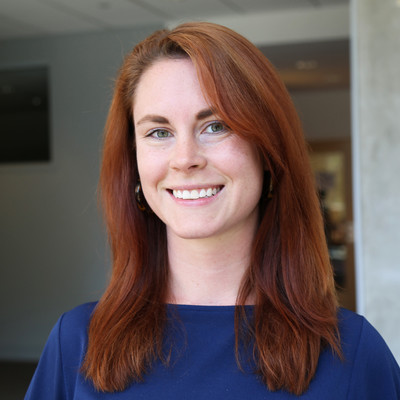
In my head, I’ve been calling this post “What a former English teacher can teach you about writing a statement”, because the truth is, even though your statement of purpose isn’t the same as a personal statement, it is still a narrative. You are still telling a story. Your challenge will be to write an engaging and compelling story, while presenting all of your qualifications. So… how do you do that?
Any English teacher will tell you that the backbone of any good story is structure. You could have the most amazing and creative story in your head, but if your reader can’t follow it, your story is ultimately no good. The same goes for your statement of purpose: you could be the most amazing applicant in the history of Heller, but if your statement of purpose doesn’t connect the dots between your impressive resume to why you’re interested in this program, and from this program to your future career goals, it all falls apart. Today, I’m going to share what I think of as “the anatomy” of a good statement of purpose.
Section One: Hook + Introduction
In this section, you want to introduce who you are and what has inspired you to pursue a graduate-level degree. Pretty straightforward, right? Not really. Think of it this way: the committee reading your application is probably reading tens of applications a day, and hundreds over the course of a cycle. Your job in this section is to make yourself stand out. You want to share what made you seek out a graduate-level degree in an interesting and engaging way. That means avoiding cliches like, “From a young age, I have always been interested in x”; instead share a concrete story that shows your interest in x! If your interest really was sparked at a young age (and by the way, it’s okay if it wasn’t!), tell the story of when you first realized it. “I was seven when I noticed that my classmate had holes in her shoes” is a much more interesting opening line than “I have been interested in economic inequality from a young age”. The golden rule here is show, not tell.
Section Two: Why Me?
Next up, you want to begin to lay out what makes you qualified for this program. Don’t repeat your resume verbatim (we have that too!), but focus on the skills and accomplishments that you’ve obtained over the years and be specific. Rather than saying, “I worked at XYZ Organization for five years as a program manager”, say “During my time as a program manager for XYZ Organization, I was responsible for running weekly reports on X initiative and presenting these reports to shareholders, which as a result, significantly strengthened my data analysis and visualization skills”. Some questions to ask yourself while writing: What qualities and skills do you have that show that you would succeed in the program? What do you bring to the program that’s unique? What differentiates you and your viewpoint?
Section Three: Why This Program?
In the previous section, you’ve demonstrated what you already have; in this section, you want to think about what you’re missing, i.e., what you want to gain from this program. This can include what skills you want to gain, what areas you’d like to strengthen, which faculty you’d like to work with, what opportunities you want to take advantage of, and why this program is appealing to you. Again, specifics are key here, so do your research! It’s easy to say “I’m interested in working with Professor X” or “I want to take Y class”; tell us why! Much better to say, “Professor X’s research on health outcomes for rural populations is extremely relevant to my interest in opioid addiction in rural communities” or “Although I have a strong background in quantitative analysis, I am interested in taking the Applied Qualitative Research Methods course in order to develop my ability to ask complex questions about the healthcare system”.
Section Four: Conclusion + What’s Next?
So now you have what led you to graduate school and what you hope to accomplish while in graduate school. This last section is to tie it all together: With the skills that you’ve gained (enumerated in section three), what’s next for you? Ideally, this will underscore the importance of your choice to pursue graduate study.
In general, your first and last sections will probably be a little shorter than your second and third sections, and you may find that your second and third sections might work better blended together (for example, a paragraph about your research interests in the past and what you’re interested in researching while in school, or a paragraph about your professional accomplishments and what your professional skillset is missing), but these are the basic questions that will form the skeleton of your statement of purpose and help guide you as your craft your narrative of what led you to apply, what you hope to accomplish in graduate school, and what your goals are for after you finish.
